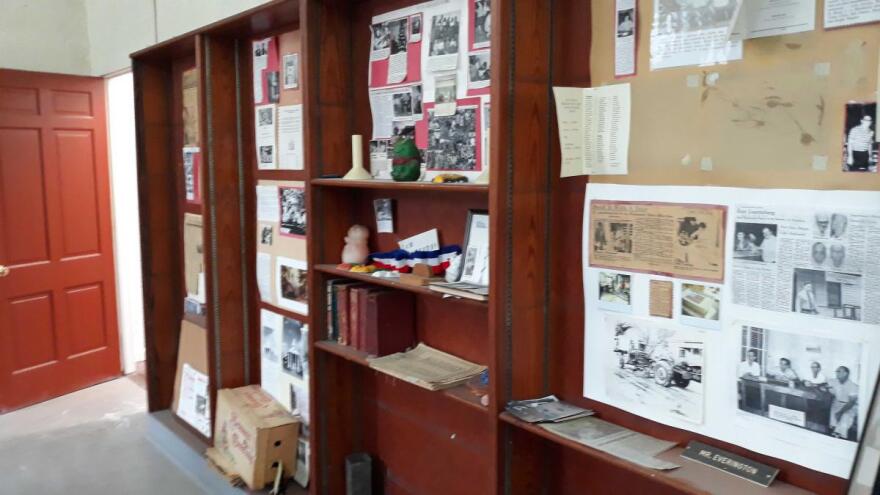Marshall Stevens is a simple man.
He's one of 279 people who call the Scotland County town of East Laurinburg home. Last election, he won the race for mayor. Stevens received 15 total votes, beating an "unnamed write-in candidate" by two.
Stevens could become the town's last-ever mayor. East Laurinburg, which sits on the South Carolina border and is in one of the poorest regions in the country, may soon be forced to un-incorporate by the state of North Carolina.
East Laurinburg's troubles are shared by many rural towns, throughout the South and Midwest ― lost manufacturing jobs and closed mills.
As a kid, Stevens says he spent his time hanging out at an ice plant with local friends.
"It was right down the street from my house,” he said. “I'd go down there at night with a guy that made all ice at night and we'd just shoot the breeze at night. I'd done that for years til I got married."
Stevens got married in 1960 to a woman named Dorothy, and they settled for good in East Laurinburg until she passed away last August.

"It's been really enjoyable living here mainly,” he said. “I've seen a lot of places, been in different places, but I always love it here because it was like a family-oriented community."
East Laurinburg was a textile town, starting at the end of the 19th century. The population peaked at 890 people in 1940 and then continued to decline over the years.
"The mill, that was the livelihood of everybody,” he said. “When they tore them down most of the people had to go other ways and get jobs and move."
As mayor, Stevens said he inherited the town's financial issues. For the last five years, East Laurinburg failed to produce an audit to the state.
That caught the attention of the North Carolina Local Government Commission. In its most recent meeting, the members called for East Laurinburg to un-incorporate.
Turns out, un-incorporation isn’t all that uncommon.
"What makes something a viable city is making sure that you have proper governance in place,” said State treasurer Dale Folwell, a member of the commission. “In some of these instances, we can't even get anybody to run for city council."
If East Laurinburg un-incorporates and is no longer an official town, residents would stop paying property taxes and government services would cease.

There's myriad reasons why, but it mainly comes down to lack of audits or financial control.
"Unfortunately, East Laurinburg is like a lot of communities across North Carolina,” Folwell said. “It's happening across the state, just in the last couple of years, we've had to take over several county, cities and water and sewer districts."
This isn't Stevens' first tenure as mayor of East Laurinburg. He also served back in 2006, and he remembers when the town threw festivals and held holiday events for residents. Now that he's older and dealing with his own health issues, it's not as easy to do so.
But no matter what happens, Stevens says this will be his last term in office. And he says he doesn't see his town surviving.
"I don't believe it will exist. It will be county or city. I don't like it,” Stevens said. “But to the younger generation, they don't care about what (I’m) talking about right now. Most of them don't care. They don't care whether it lives or dies. But I do.”
The state Local Government Commission plans to revisit East Laurinburg and decide its fate in a few months.

Copyright 2021 North Carolina Public Radio

